Hyundai Ioniq 6 AWD Techniq review
Funny looking thing, the Hyundai Ioniq 6. Car design has become increasingly uniform this past decade, so it’s refreshing to see something genuinely different. It may be aero as all hell – a super-slippery 0.21cd in fact – but is it pretty?
Maybe it doesn’t really matter. It’s striking in the metal. Distinctive. Challenging. Catch it on a good angle and it’s bloody gorgeous. Spy the back end at the wrong angle and it could be the lovechild of a Porsche 993 and Ford AU Falcon. And not in a good way.
We sampled Hyundai’s new Ioniq 6 ‘Electrified Streamliner’ (not a sedan, Hyundai insists) in South Korea ahead of its early 2023 Australian arrival.

Very closely related to the Ioniq 5 crossover SUV and Kia EV6, it rides on the same E-GMP architecture, has the same 400V/800V ultra-fast charging capability, same (in Long Range guise) 77.4kWh battery and same 239kW/605Nm from its twin motors.
Also shared is demand likely outstripping Aussie supply. “We’re hoping for a greater volume than Ioniq 5, but we just don’t know,” said Hyundai Australia’s Bill Thomas. “It is going to be limited numbers.”
Local pricing isn’t locked in either, but we know the first on sale here will be top-spec Techniq AWD versions on 20-inch wheels: the Ioniq 5 equivalent is $77,500 before on-roads. “It’ll be pretty similar (pricing) to Ioniq 5, but they’re still working it out,” Mr Thomas said.
Even if you’re not taken by its looks, the Ioniq 6’s range makes headlines. When the RWD version on 18-inch wheels arrives it will offer 614km (WLTP) between charges. An Ioniq 5 with the same battery and motor travels only 507km due to its blockier 0.29 drag coefficient.
That 100km+ range difference is tough to ignore, helping the 6’s funny shape make more sense.
Value
No locked-in price or confirmation of final specification, but we were promised the LHD Korean test cars we drove would basically feature the same equipment as Australian cars.
The only cars available to test were AWD Techniqs with 20-inch wheels – same as the first batch coming to Australia. The technology sets a new benchmark for Hyundai cars, and should this Ioniq 6 be priced around $80k, the value proposition appears strong when considering how loaded it is.
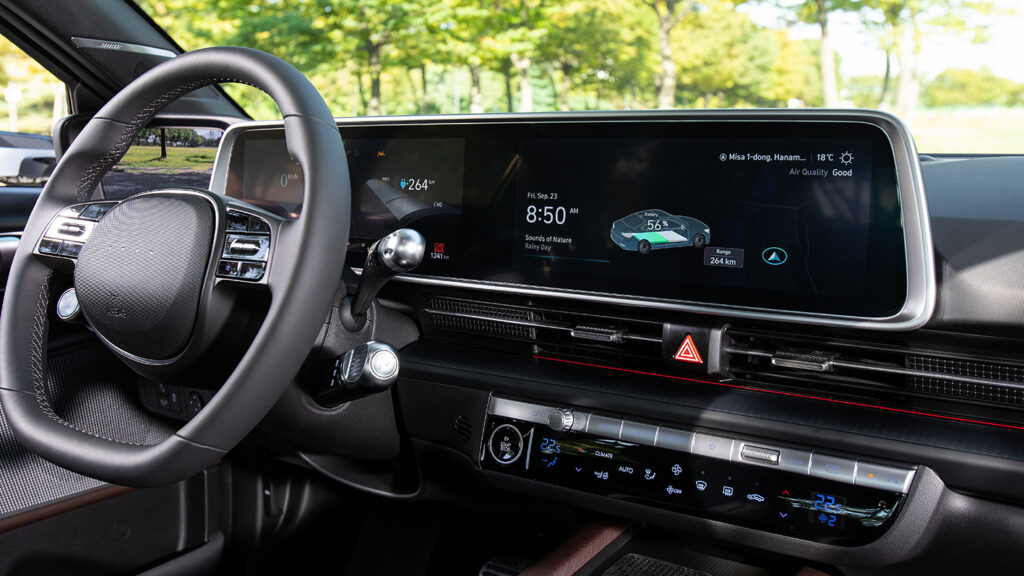
There are digital side mirrors, vehicle-to-load (V2L) functionality to charge/power your electric devices, active air flaps in the lower bumper, 700 Parametric Pixels (all those cool lights) in and around the car, 12-inch infotainment touchscreen, 12-inch digital driver display and dual colour ambient lighting with choice of 64 different hues.
Standard fit are eco-process leather seats, recycled fishing net carpets, four type-C and one type-A USB ports, an EV Performance Tune-up function for adjusting the likes of motor power and accelerator sensitivity, spaceship-type sound (which can be turned off), Bose audio, and Hyundai’s SmartSense driver assistance including semi-autonomous features.
Handles sit flush in the doors and automatically pop out when you approach, there’s a panoramic sunroof, 360-degree camera, power tailgate, heated and electric adjustment for seats front and rear, and ventilated front seats. Generous, to say the least.
We don’t know if the Ioniq 6 will introduce remote connectivity – allowing activating climate control or checking the charge status from your phone – as found in Teslas, for example. Wireless Apple CarPlay/Android Auto was also lacking in our test cars – cable only instead, but there is wireless phone charging.


Positively, it’s Hyundai’s first car offering Over-The-Air updates to add improvements and features in future.
Next to the EV competition, the Ioniq 6 slips neatly into the playground featuring the Kia EV6, Polestar 2, Hyundai’s own Ioniq 5 and, of course, the Tesla Model 3. Our comparison group test featuring all of the above can be found here.
All rivals with AWD and long range batteries occupy a $73,000-$83,000 price space, so we expect the Ioniq 6 to follow suit.
Inside
As soon as you hop in the Ioniq 6 you’re hit with the feeling of luxury, advanced tech and space.
Its body length (4855mm) is similar to a Toyota Camry’s, while the long wheelbase of 2950mm, while 50mm shorter than an Ioniq 5, offers excellent cabin space. Rear legroom, for instance, is about 10 per cent greater than in a Tesla Model 3 or Polestar 2.
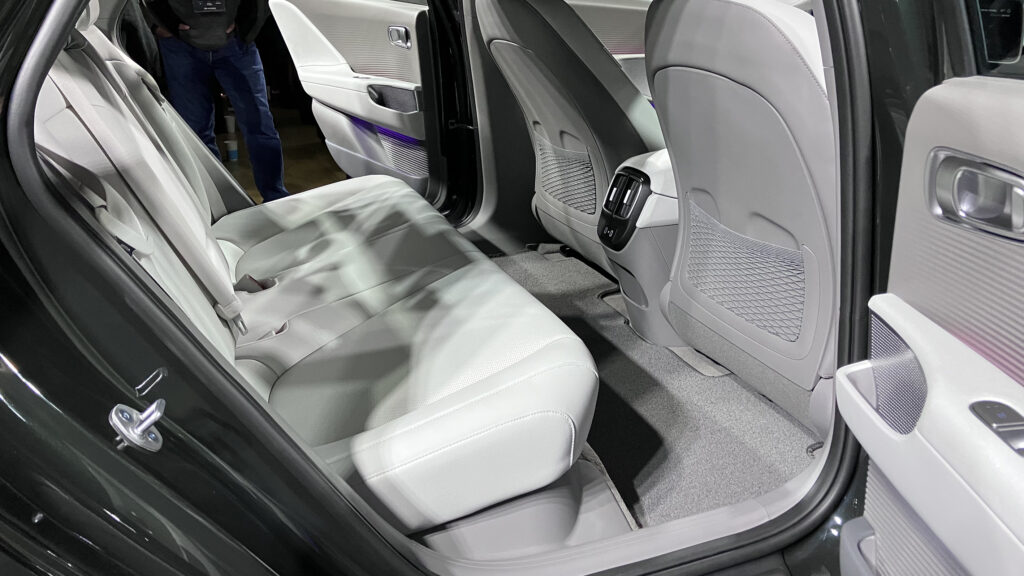

Up front you sit quite high for a sedan – it feels almost SUV-like – and your view’s filled with a sweeping dash panel with an ambient strip running its length. The brace of screens look superb integrated together, and while there are seemingly endless menus to navigate, most are pleasingly intuitive.
A digital climate control panel is thankfully separate to the main screen for ease of use and rapid access, while even a few physical buttons remain.
Unusually, the four electric window buttons are in the centre console, leaving the doors button free. Their finish is ribbed (and illuminated) for your pleasure, with a small handle and giant Bose speaker integrated into the design. They’re a big improvement on the Ioniq 5’s slightly cheap looking and feeling doors.
The eco leather seats are sink-in comfy, the dashboard and armrests are soft touch bio goodness, while carpets are of recycled fishing net and actually feel very cosy. Lots of eco brownie points on show.


A massive slide-out glovebox has space for a laptop or iPad, while the centre console has been designed to rest a laptop on for use while you’re waiting for the car to charge.
As previously mentioned, rear knee and leg room is almost limo-like, helped by a flat floor the entire width of the car.
But the aerodynamic sweep of the roof punishes head room if you’ve over six foot. I’m that height and my head was almost on the ceiling – it’s a shame the rear chairs don’t recline to mitigate this.
I’m perplexed why the Ioniq 6 hasn’t been designed as a liftback for greater practicality. Anecdotally, it’s because certain markets (let’s say USA and Asia) find such ‘hatchbacks’ to not have the cachet of a sedan. Not that the Ioniq 6 is a sedan, remember.
Result is a relatively small 401L boot and a wide but not very tall access space. Fine for your golf clubs; not so much for a bike, kids pram or bulkier shaped items.
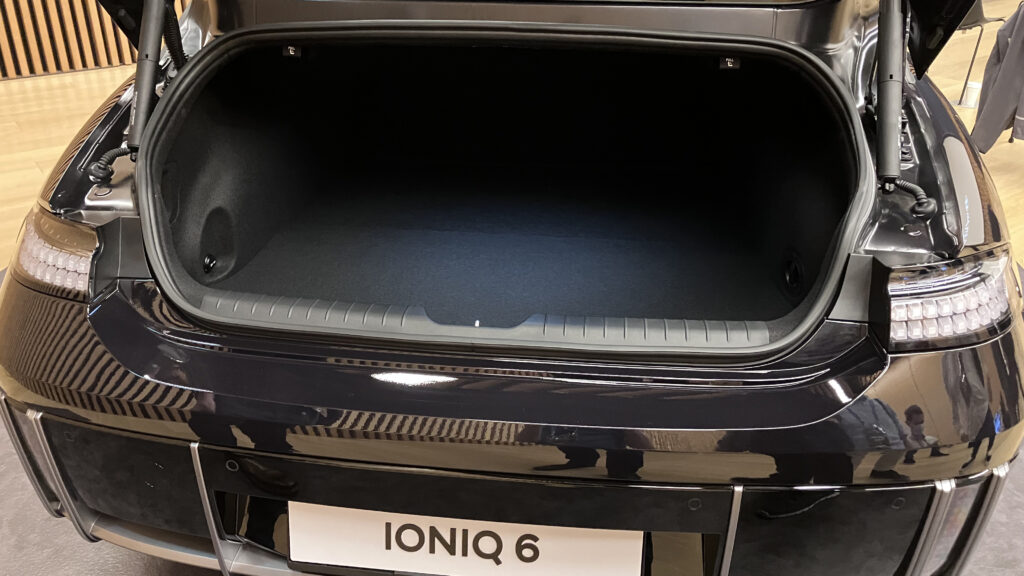

A couple of USB-C ports for the back seats, air vents and even a domestic power socket in the seat base make rear travel particularly pleasant.
Performance and efficiency
You’d guess the Ioniq 6 will appeal to a younger, sportier buyer than the Ioniq 5, perhaps not needing as much boot space.
There’s ample performance to satisfy such shoppers, the 0-100km/h sprint taken care of in just 5.1 seconds thanks to the twin motors’ combined 239kW and 605Nm.
It’s fun acceleration – always surprisingly quick thanks to the instant response – but won’t blow your mind like a Tesla Model 3 Performance’s will.
It feels lively, eager and your speed builds in a beautifully linear way. A quick tap of the throttle and you surge forward. You can sit in Eco mode in town to preserve battery charge, dulling the throttle and making sedate urban driving easier.
As with the Ioniq 5 you have five different levels of regeneration, switched using steering wheel paddles. In most intense setting you can drive with just one pedal – no braking required as the regen is so strong, and it’ll come to a complete stop.


Our test returned exactly 17kWh/100km, which as good as matched Hyundai’s official figure. Our test car is the least efficient in the Ioniq 6 range – option this same car with 18-inch wheels and the return is 15.1kWh/100km with 583km range.
The 2WD Ioniq 6s, when they arrive in Australia, return 16.0kWh/100km and 545km range (20-inch wheels) and 14.3kWh/100km and 614km range (18-inch wheels). That highlights how punishing those larger wheels are to range – the 20s look the business, but seriously reduce time between charges.
A 2WD version with 18-inch wheels and smaller 53kWh battery – again expected in Australia at some point – has incredible 13.9kWh/100km energy efficiency and range of 429km.
Charging
The Ioniq 6’s 400V/800V ultra-fast charging capability means a 10 to 80 percent charge takes just 18 minutes at a 350kW public charger.
This would be in line with our test using an Ioniq 5 and a 350kW ultra-rapid charger. Its battery was slightly smaller than the new Ioniq 6’s, but showed Hyundai’s charge time claim to be highly accurate.


EVCentral’s own testing of the Ioniq 5 showed peak charging power tops out at about 230kW, not the 350kW Hyundai claims, so we’d expect the Ioniq 6 to behave likewise.
On the AC front, Hyundai says an 11kW charger will fill you up in approx. 8 hours; it’s approx. 12 hours for a 7kW charger and approx. 34 hours using a household socket.
Ride and handling
The Ioniq 6 manages to impressively blend sporting sedan and executive express roles.
Show it a smooth piece of road and the cabin quiet is exemplary. Navigating Seoul’s rush hour traffic you’d expect some sounds of the city to disturb the calm, but the Hyundai excels at minimising it. It’s superbly cosseting with barely any wind noise from this streamlined sedan.
Decent highways mean a magic carpet ride in the Ioniq 6, which makes the stiffer ride on poorer roads a bit of a surprise. It’s not bad, but you certainly feel the bigger hits.
A compromise, clearly, to ensure the Ioniq 6 doesn’t mind a corner. It can’t hide its 2100kg mass when you carry decent speed into turns – the Pirelli P-Zero tyres feel like they’re working overtime – but it sits incredibly flat and controlled, and decent steering weight gives enough feedback for some enjoyment, but it still feels vague next to a proper sports car.


You can flick between AWD and RWD modes after navigating a sea of menus in the centre screen. Why there isn’t a shortcut button for this is mystifying.
In RWD mode, despite the cut in power, you still fling along at a decent rate with instant throttle response. Despite only finding a few decent corners on our Korean test drive, in RWD mode the Ioniq 6’s rear felt a bit more playful, encouraging the enthusiastic driver.
Grip remained good, though its weight means understeer comes into play quite early in the piece. You can slightly break rear traction if you’re feeling really keen, but let’s not confuse this with a 911 – no matter how elements of the rear end styling hint at the distinctive German icon.
You can personalise motor power, throttle response and steering efforts, but in reality, leaving everything in default Normal mode brings the best balance.
There’s a pretend spaceship sound which intensifies with throttle and speed. Some may love its cosmic novelty, but to me it all feels a bit too artificial. You can turn it completely off, and the silent running feels more in keeping with the Ioniq 6’s grace.
Party tricks
Take your pick.
The digital mirrors – we expect them to be standard on the Ioniq 6 range topper – are quite the novelty, and at first try proved more effective than Audi’s effort. That said, the Ioniq 6’s mirror-replacing externaml cameras seem particularly bulky and not terribly aero on the side of the car.
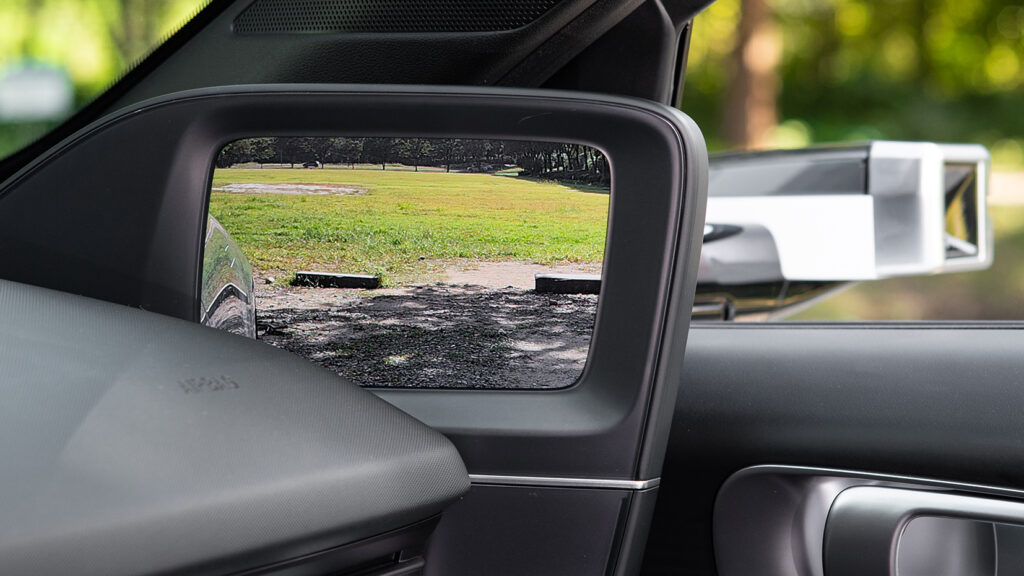

Monitors placed in the dash top extremities show your rear views, and they’re well-placed to draw your eye quickly to them. Smart virtual lines in the projected picture do a good job at helping judge distances of cars behind.
A grumble? From the passenger seat you’ve always got this rear view monitor in your peripheral vision. In these days of screen overloads, here’s another one you can’t escape.
Vehicle-to-load (V2L) is also brilliant. A Type 2 adapter plugs into the charging port and there’s a powerpoint on this, meaning you can use the car’s battery to power anything up to 3.3kW. That could be a coffee machine, fridge, electric bicycle, anything.
A personal favourite is how the Ioniq 6 exudes Knight Rider vibes.
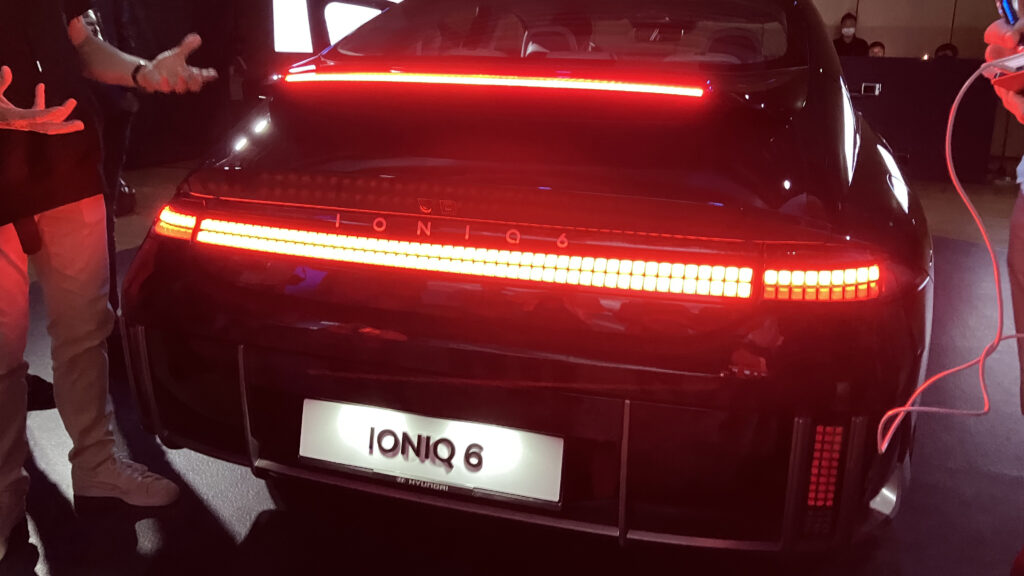

The rear wing features rows of parametric pixels which illuminate as you brake. I was concerned it would look like an electric hob lighting up, but the effect is actually spectacular, especially at night.
Unlock the car and you’re greeted by a light show at the back. The rear light strip and wing lights go all KITT, and for kids of the 80s, this is almost enough to have you placing your order with Hyundai.
Safety
Safety kit for Australian Ioniq 6’s should match the range-topping Ioniq 5’s.
That means seven airbags (including a centre airbag between front occupants), auto emergency braking front and rear, lane-keep assist, avoidance steering assist, blind-spot monitor and warning, speed sign recognition, safe exit warning, rear cross-traffic alert and a surround view monitor.
On our test drive the radar cruise control proved a standout, but as with most Hyundai’s the lane keep assist proved nannying enough that it was swiftly turned off.
Hyundai’s Highway Driving Assist 2 with auto lane changing feature won’t be fitted to Australian cars.



Verdict
The Ioniq 6 is another standout effort from Hyundai, and offers a sleeker, more efficient alternative to the much-awarded, much in-demand Ioniq 5.
Suiting its executive sedan nature, the cabin feels more luxurious than the Ioniq 5’s, and more limo-like in the back with incredible leg space, albeit slightly compromised headroom.
The drivetrain and charging have already proved themselves in the Ioniq 5, so where the Ioniq 6 brings something new is with its technology, styling and greater range.
There are talking points galore – from digital mirrors to the incredible rear light show – but most will start conversations about the body styling.
Polarising it may be, but the aerodynamic result is simply superb and it looks as cosmic as it drives.
Hyundai Ioniq 6 AWD Techniq
Price: Approx. $80,000 plus on-road costs
Basics: EV, 5 seats, 4 doors, ‘Electrified Streamliner’ sedan, AWD
Range: 519-583km (WLTP)
Battery capacity: 77.4kWh
Battery warranty: 8 years/160,000km
Energy consumption: 15.1kWh – 16.9kWh/100km
Motors: 1 front and 1 rear, total output 239kW/605Nm
AC charging: 10.5kW, Type 2 plug
DC charging: 230kW, CCS combo plug
0-100km/h: 5.1 seconds

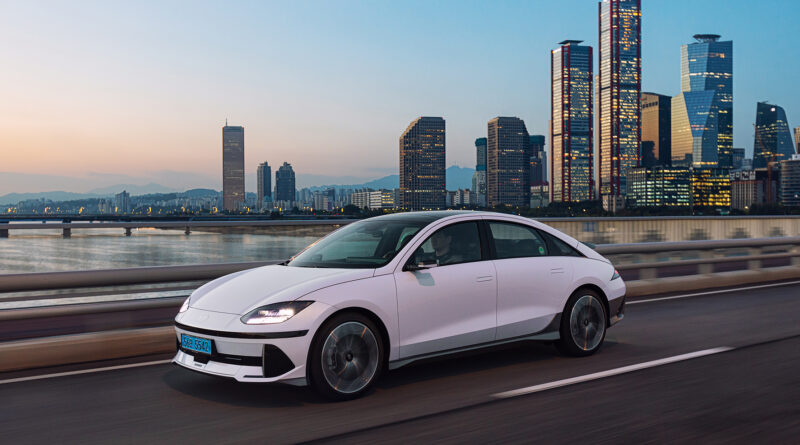
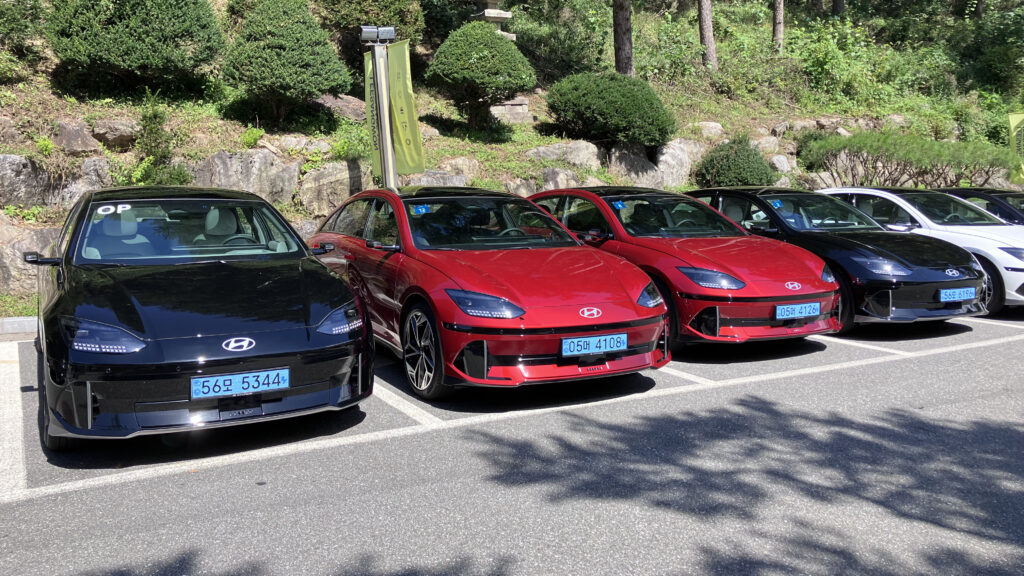
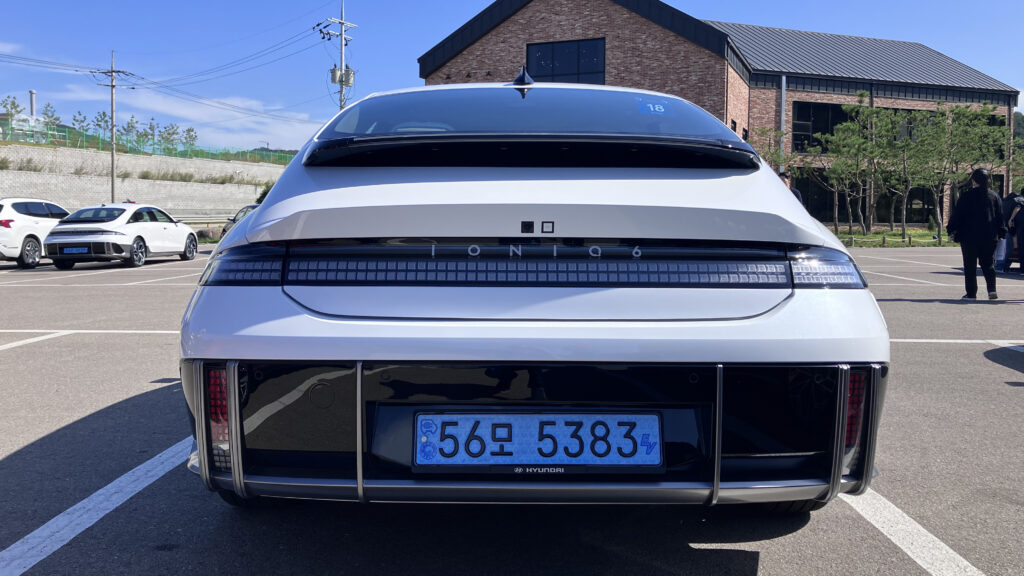

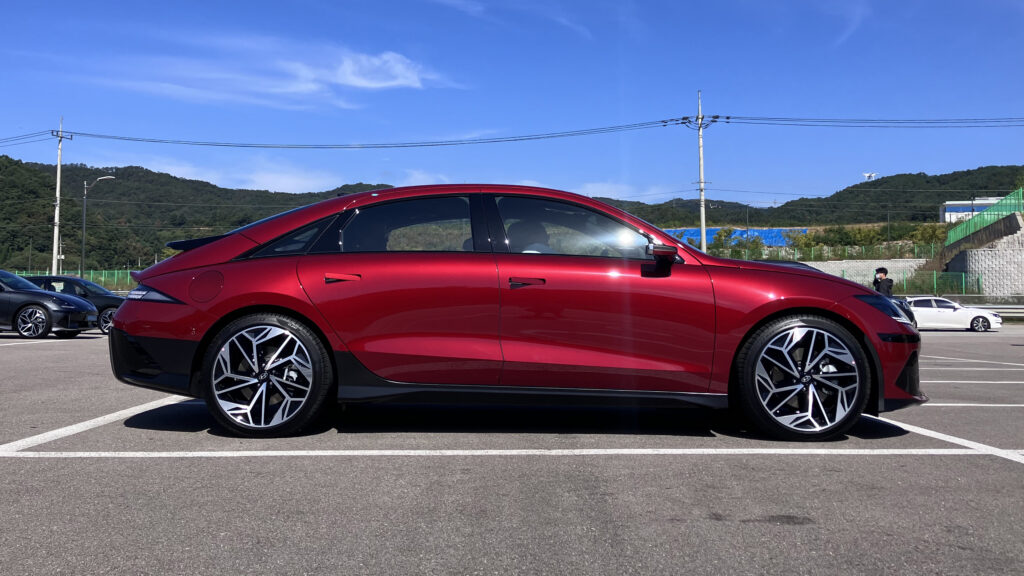
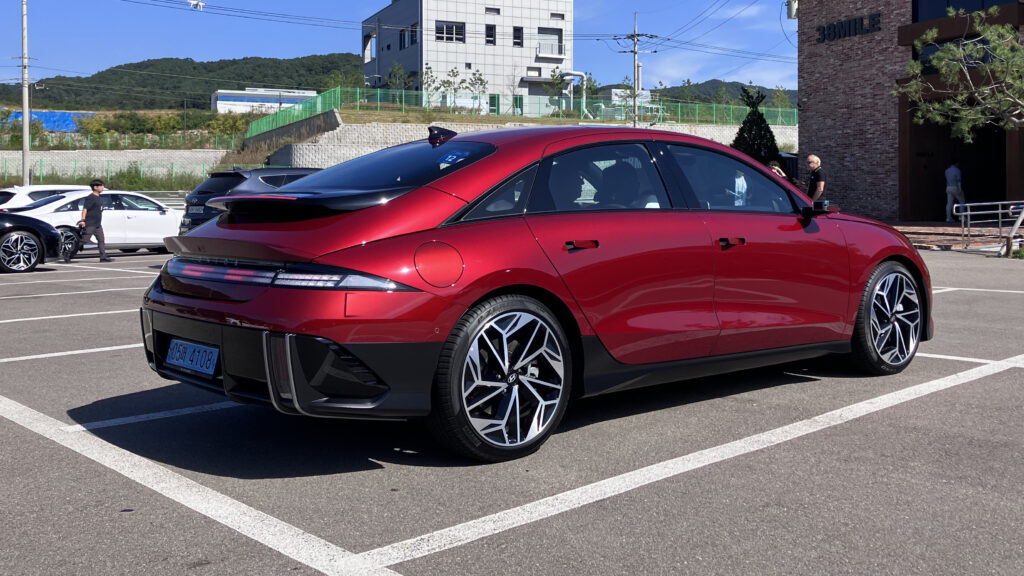
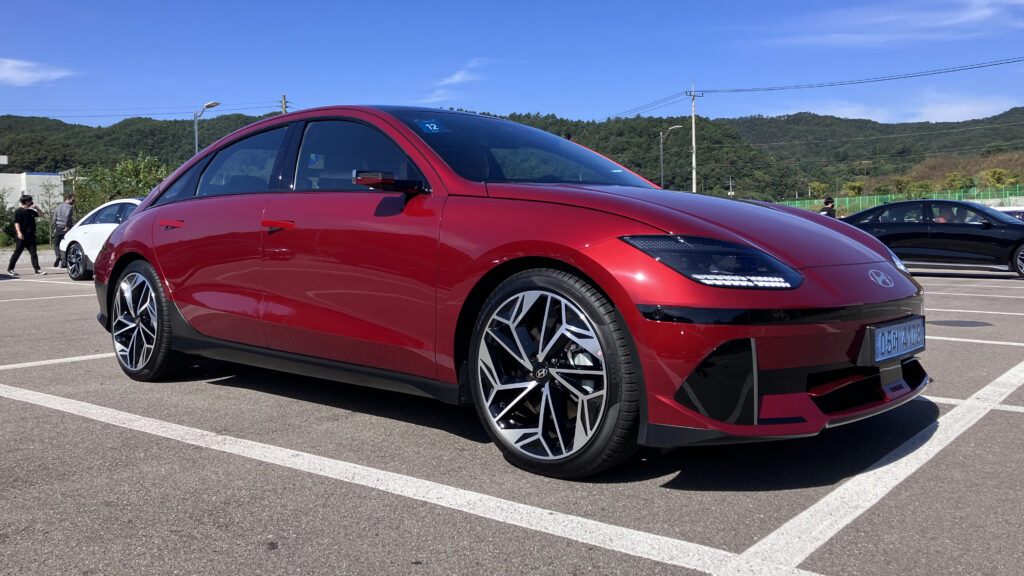


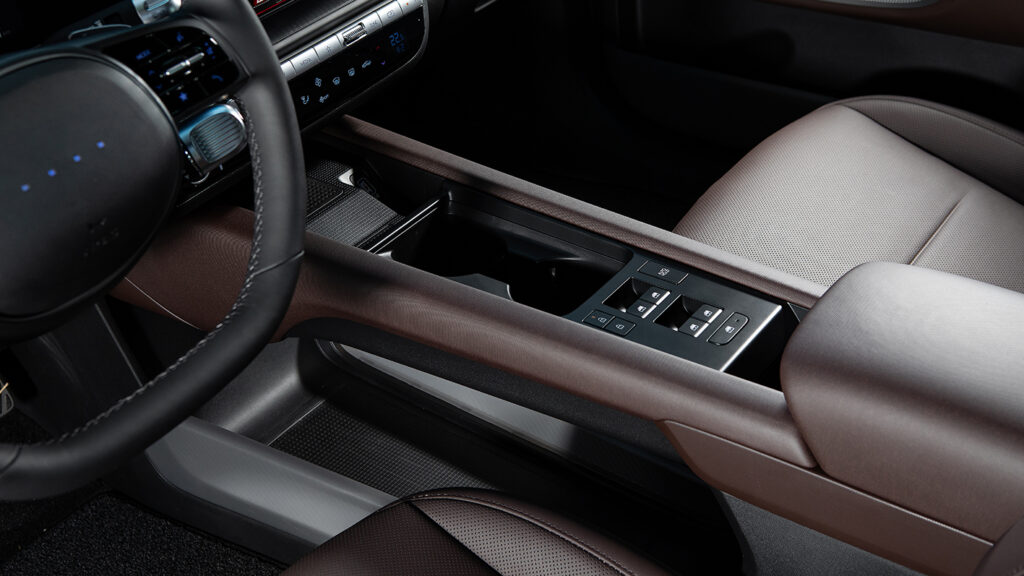


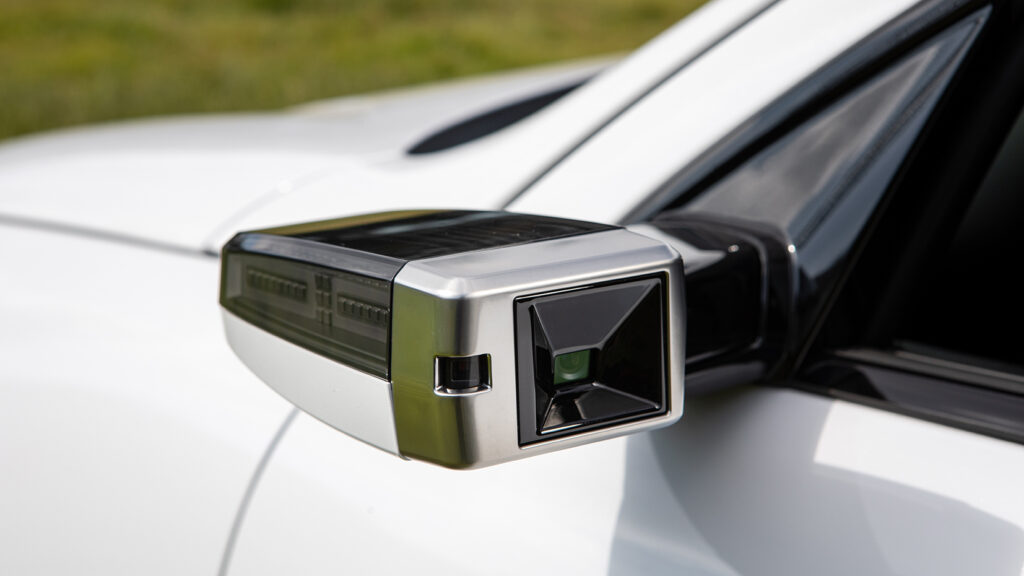


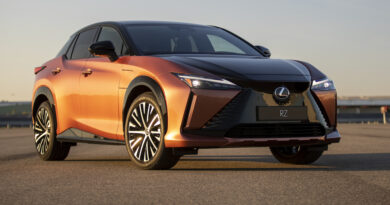
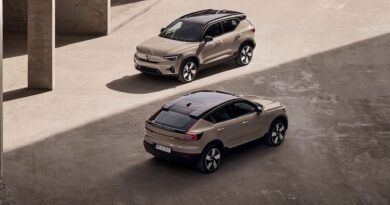
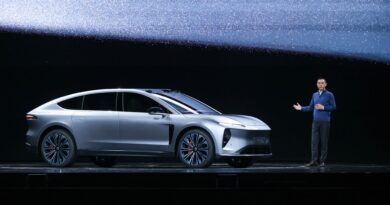
I’d be interested if I could just order one and didn’t have to go thru the chook raffle process
looks good.
interested
what is towing capacity?